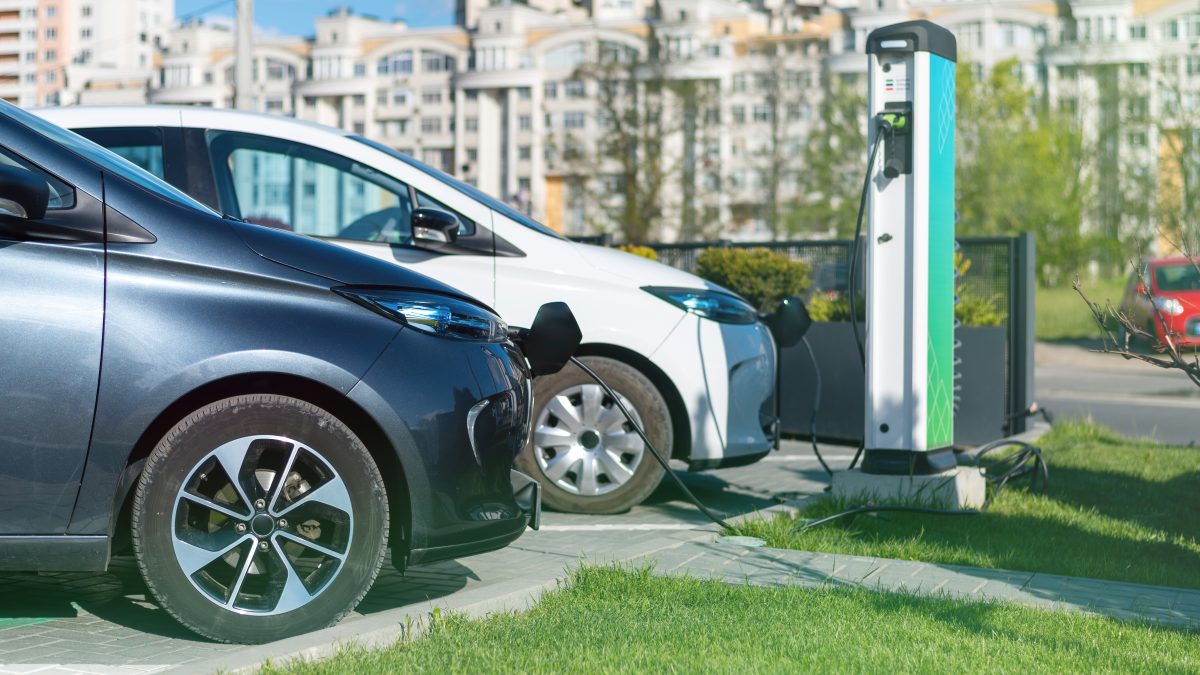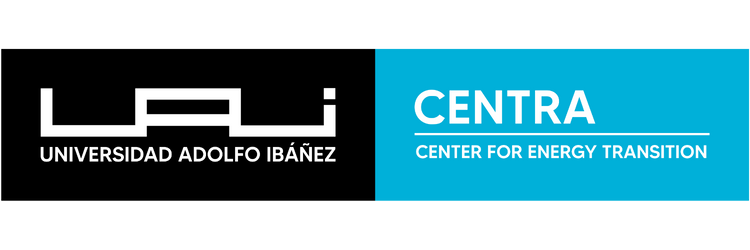
Charging Points: The National Challenge to Boost Electromobility in 2024
January 3, 2024
Although Chile is far from having the infrastructure of some European countries, it is one of the most advanced in Latin America. Technology and appropriate regulations are helping the growth of this trend, which is still highly concentrated in Santiago.
According to figures from the National Automotive Association of Chile (Anac), 354 fully electric vehicles were sold between January and November 2023, along with 941 units purchased by organizations (e.g., for fleets) during the same period. Additionally, the association highlighted in its latest report last month that there has been a “positive performance,” reflected in “the highest annual cumulative sales in history for zero- and low-emission vehicles.”
The highest concentration of these cars is in Santiago, where almost half of the country’s public charging stations are also located. In total, the capital has 546 chargers, representing 756 connectors, of which only 25% are fast chargers or exceed 22 kilowatts (kW), according to data from the Superintendency of Electricity and Fuels (SEC), as provided by Anac.
This number seems minimal compared to the chargers installed in European countries like France and Germany in 2022, where there were approximately 74,000 and 64,000 slow chargers, respectively, according to a report from the International Energy Agency (IEA). However, compared to the rest of Latin America, the picture changes, and Chile is in a better position than its regional peers.
“The number of chargers in Chile is reasonable in relation to the available fleet of electric cars in the country,” says Andrés Vergara, CEO of the startup Voltera. However, he notes a “sense of uncertainty” among users regarding fast charging, where he believes there should be more infrastructure or better solutions. “We are oil importers, electric cars are reliable, more accessible, and have fewer mechanical failures. But if we don’t solve the charging issue, we are placing a significant limitation on these vehicles,” he stated.
The data recently released by Anac indicates that people in Chile are transitioning to more environmentally friendly vehicles. In its report, the association specified that although the overall new car market remains weak, “in line with the country’s economic trends,” registrations of zero- and low-emission technology vehicles (mild hybrids, conventional hybrids, electric vehicles, plug-in hybrids, extended-range electric vehicles, and hydrogen-powered cars) continued to grow, recording a 62.6% increase, with 1,153 units sold just last month.
Beyond Installation
Regarding charging points, Luis Gutiérrez, an academic at the Faculty of Engineering and Sciences at Universidad Adolfo Ibáñez, argues that the biggest challenges could arise in large cities, especially in Santiago, due to its high population density. He highlights the increasing penetration of electric vehicles compared to the installation of chargers, as failing to scale both at the same rate could create an infrastructure deficit. Additionally, the expert warns that “it is no longer enough just to install many charging points” because, with current technology, the charging process takes time, and there is also a challenge from the perspective of electrical networks, which are generally already saturated. “Continuing to install charging points requires reinforcing the grid, and that is both slow and costly,” he adds.
Meanwhile, Felipe Donoso, CEO of Enérgica City, believes that public charging infrastructure for private vehicles is adequate in the country: “There is no deficit in that area, although I do think there is a shortage of charging infrastructure for light vehicles, particularly in private spaces such as shopping malls and office buildings. There needs to be a proper balance between implementing public charging stations versus private and residential ones.”
As an example to follow, he cites the United Kingdom, where a regulation mandates the implementation of charging systems in new residential buildings, ensuring that new constructions are not left without this technology. Although he describes Chile’s electromobility regulations as “well-structured and robust,” he believes more incentives are needed to overcome the barriers to installing chargers in residential and office spaces.
At the same time, Andrés Barentín, president of the Electric Vehicles Trade Association (AVEC), generally sees a balanced growth between electric cars and charging points and considers that “Chile is in a good position” in this regard. However, the industry leader emphasizes that, concerning the progress of private electric vehicles, “the country is not moving fast but rather at a relatively slow pace,” which he attributes mainly to high market prices. Regarding infrastructure, he points out that “the problem is somewhat more significant in the regions compared to Santiago, as there are fewer charging stations.”
Overall, Chile has more than 1,100 publicly accessible charging points, meaning there is one charger for every five electric cars. The majority are concentrated in Santiago.
One company well-versed in this matter is Copec Voltex, which this year has deployed nearly a thousand new charging points across various sectors, including public transportation, mining, last-mile delivery, public spaces, and residential areas. “From our perspective, everything indicates that a large part of electric vehicle charging will take place at homes and offices. Today, we already have hundreds of smart chargers installed in residences, which are controllable and capable of managing their power automatically to prevent overloading the electrical grid. The challenge is to provide comprehensive energy solutions for the electromobility sector,” says Andrea Castro, CEO of Copec Voltex.
She values regulatory initiatives such as the enactment of the energy storage and electromobility law, which, for example, exempts electric and hybrid vehicles from paying road tax, with these fees significantly reduced after a few years. “Additionally, there is ongoing work on the energy efficiency law, which aims to encourage vehicle distributors to import a greater number of electric vehicles, ultimately increasing the availability of this type of technology,” she concludes.
